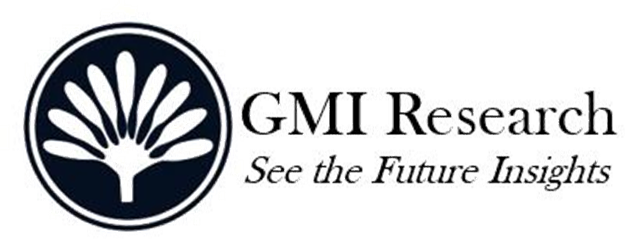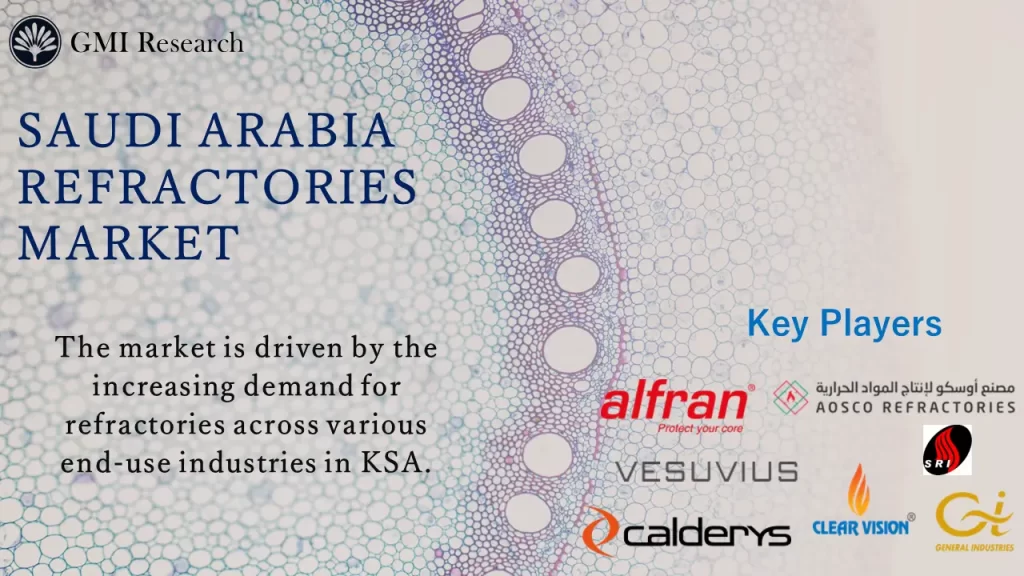Press Release
As per the GMI Research Study, Refractories Market in Saudi Arabia is expected to add an incremental revenue of USD 126 million between 2022 to 2030 driven by the high demand for refractories across end use industries such as iron and steel, cement and petrochemical.
The key factors driving the growth of the Saudi Arabia refractories market includes increasing demand for high grade refractories across end use industries and rising government investment to transform from oil sector to non-oil sectors in KSA. Increased construction activities such as Red Sea Project, Neom, Qiddiya entertainment city, Amaala, Jeddah Tower, Jean Nouvel’s Sharaan resort in Al-Ula, Ministry of Housing’s Sakani homes, Al Widyan, Riyadh Metro is increasing the demand for refractories across Saudi Arabia. Moreover, recycling of refractory materials is expected to create different opportunities for refractory manufacturers in Saudi Arabia.
To have an edge over the competition by knowing the market dynamics and current trends of “Saudi Arabia Refractories Market”, request for Sample Report here
The government is investing on various mega-projects and giga-projects under vision 2030 is predicted to increase demand for iron and steel, cement, petrochemical in construction activities. For instance, Saudi Arabia planned to build three steel plant projects worth USD 9.32 billion with production capacity of more than 6 million tonnes per year in 2022. However, strict regulations regarding the VOC and CO emissions of greenhouse gas which led to the environmental hazards is likely to hinder the growth of the KSA refractories market.
Saudi Arabia is the largest steel producer in GCC and hold 22nd position in total steel production across the world. Based on the end-use industry, iron and steel is predicted to grow at the highest CAGR in Saudi Arabia due to the increasing investment of infrastructural projects such as King Abdullah Economic city and Qiddiya project. Furthermore, increased demand for high performance refractories across iron and steel industry is supporting the growth of iron and steel segment. Based on the product type, clay refractories are highly adopted in the Saudi Arabian refractories market owing to the high usage of these refractories across industries.

